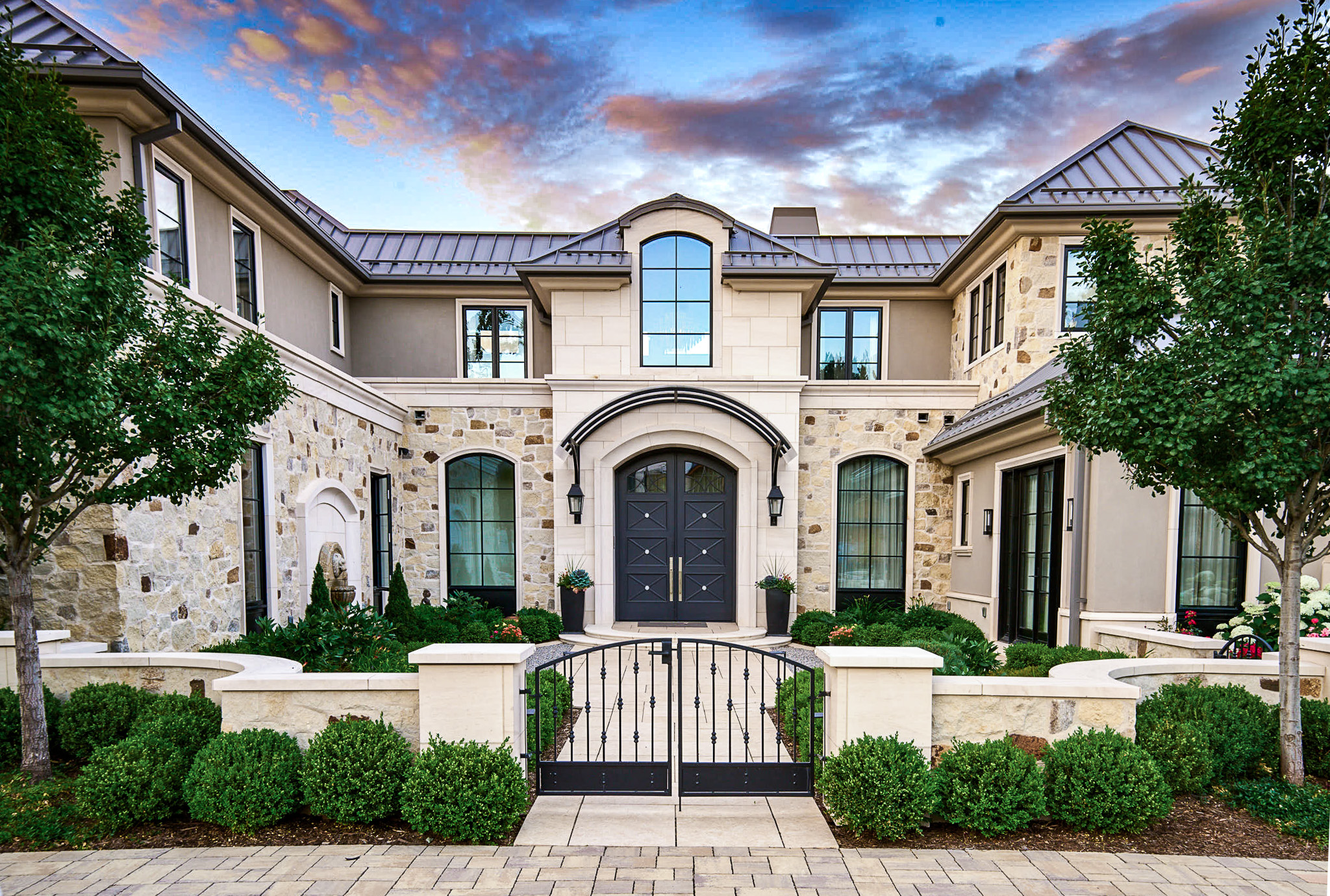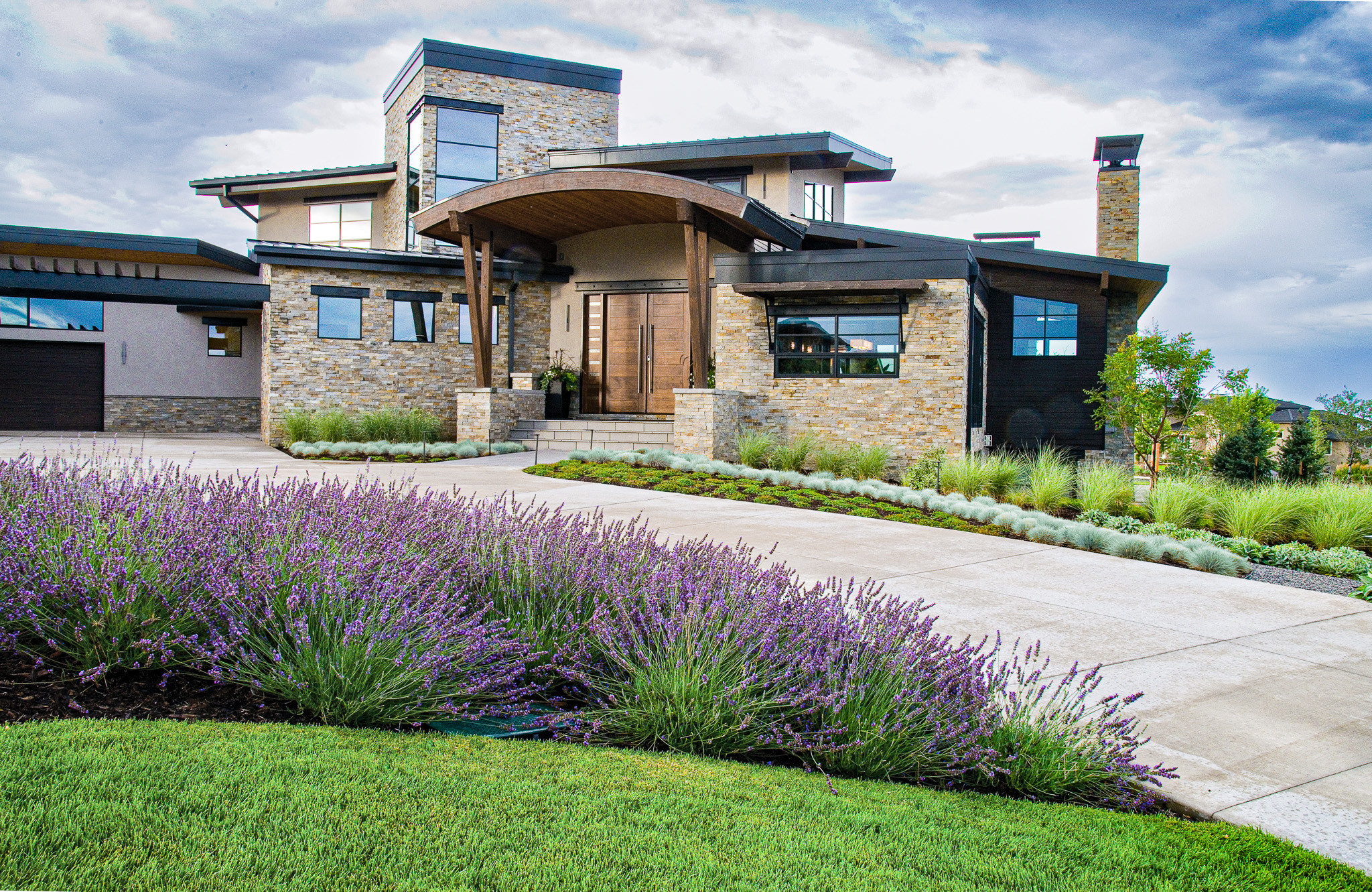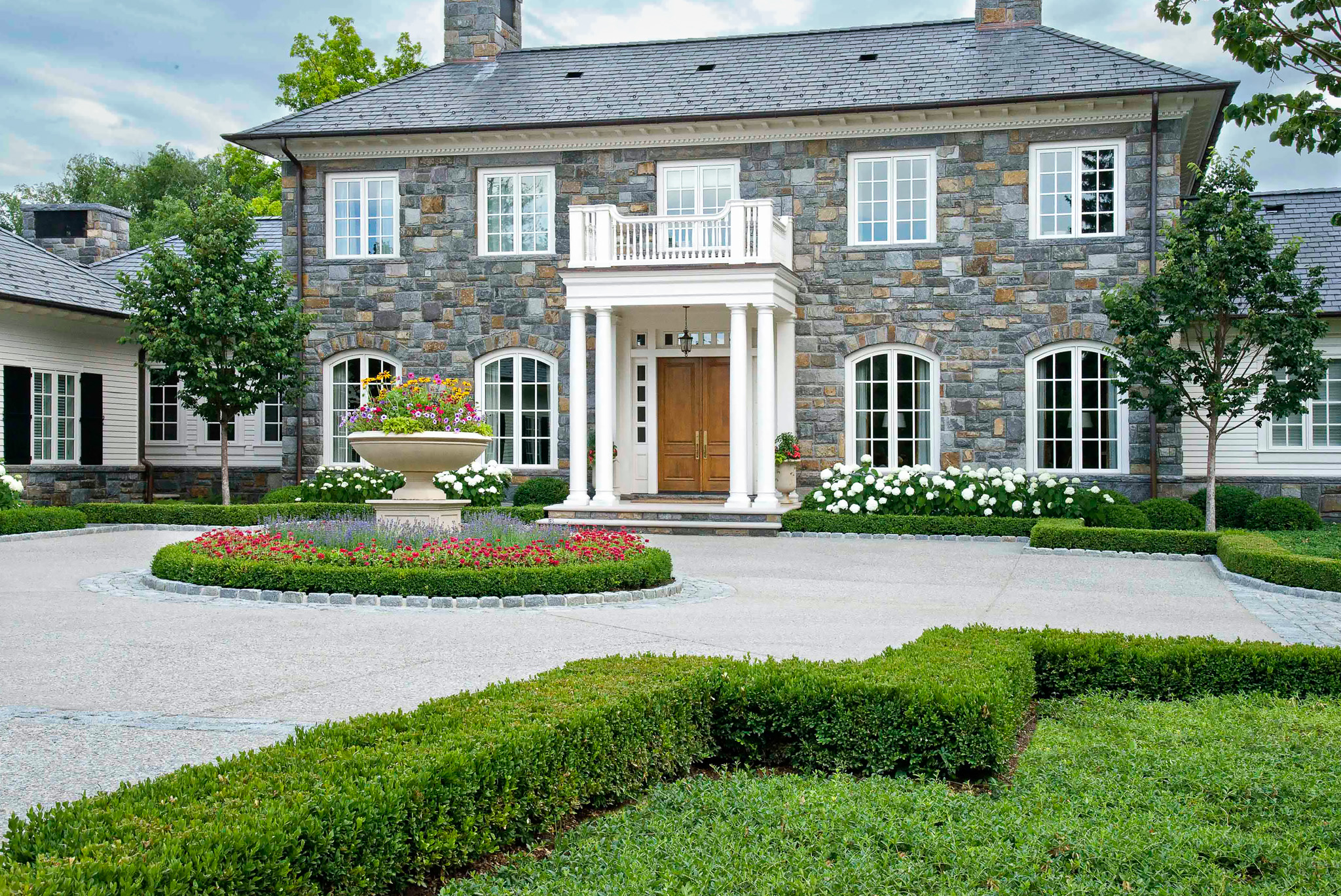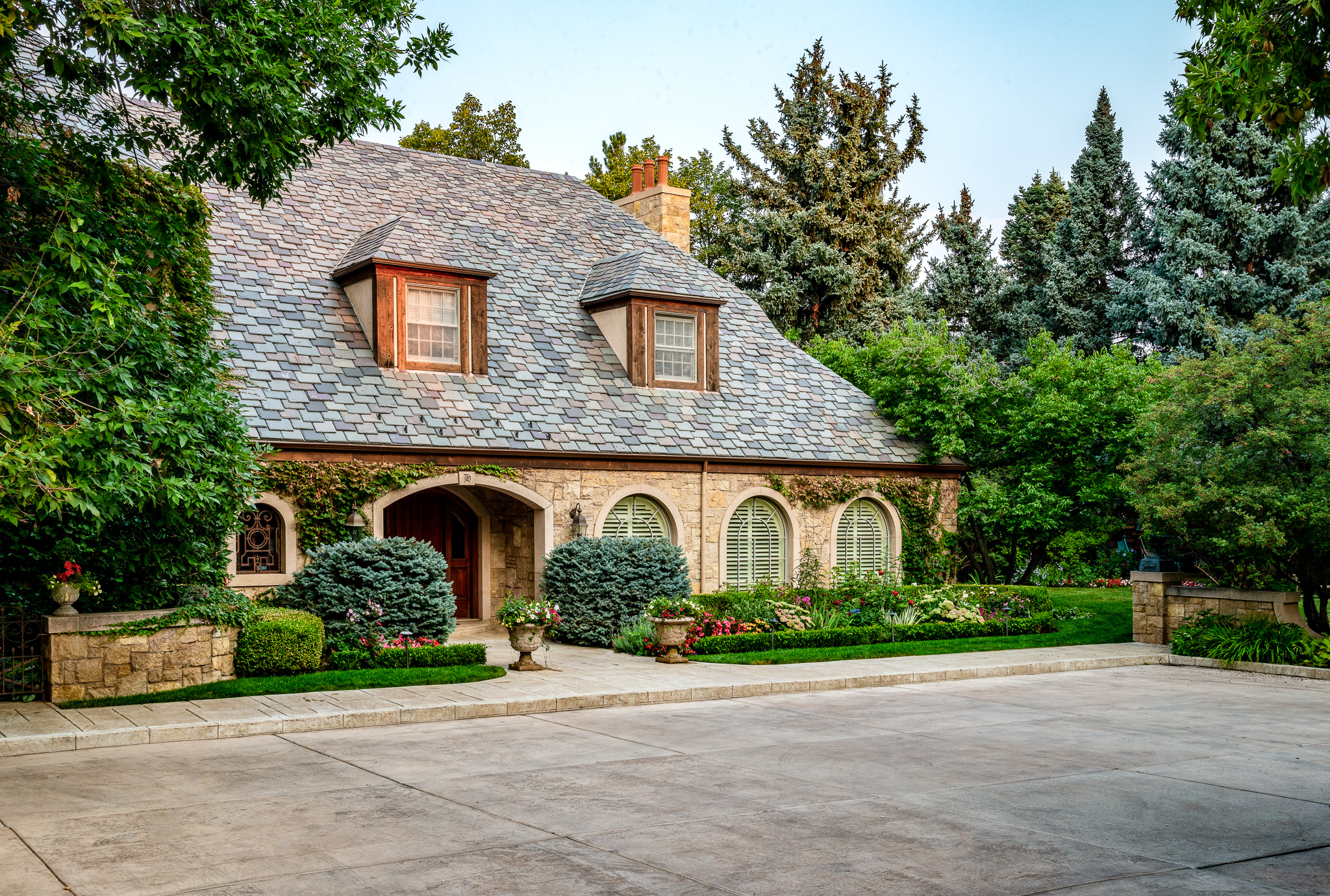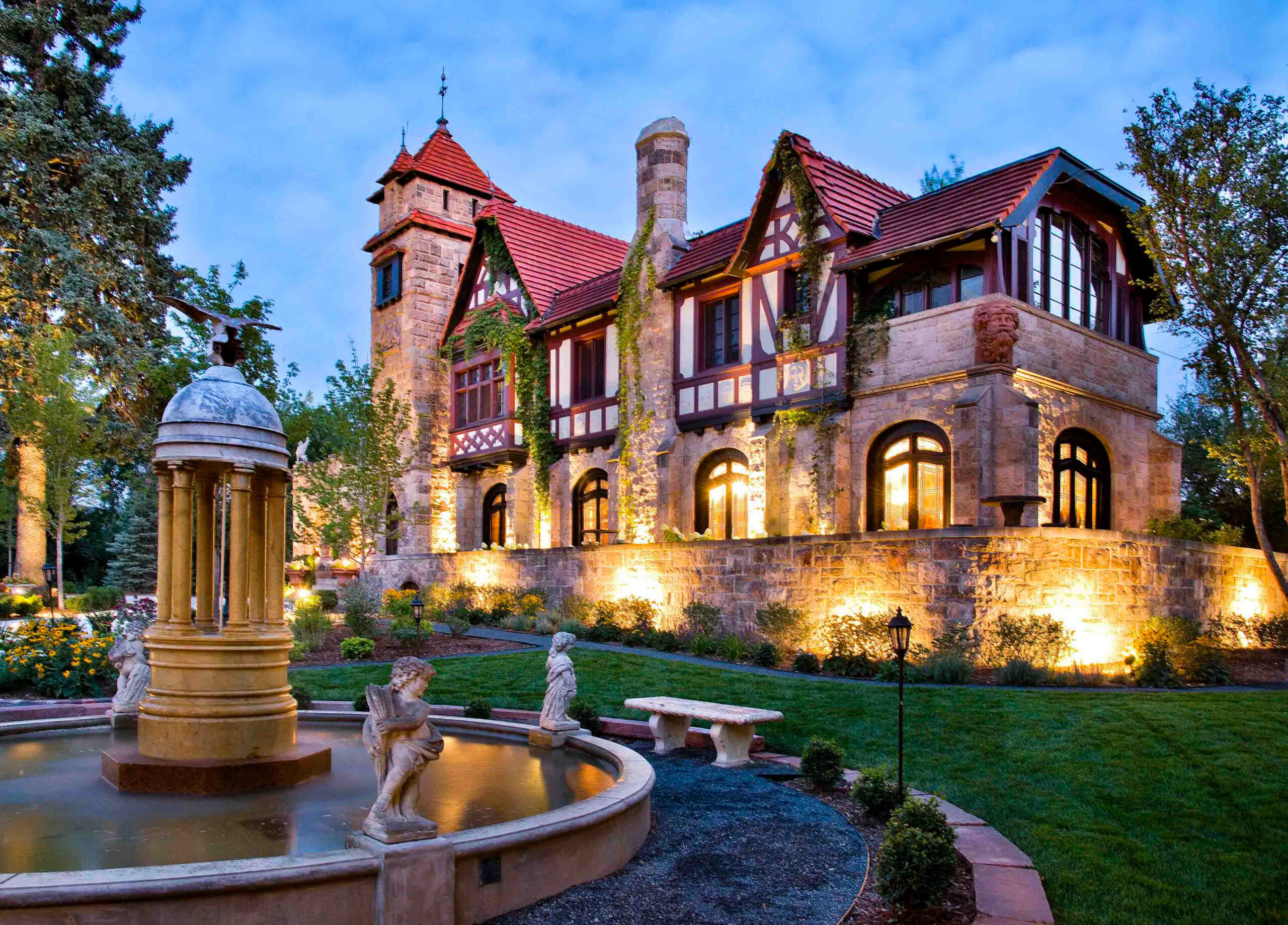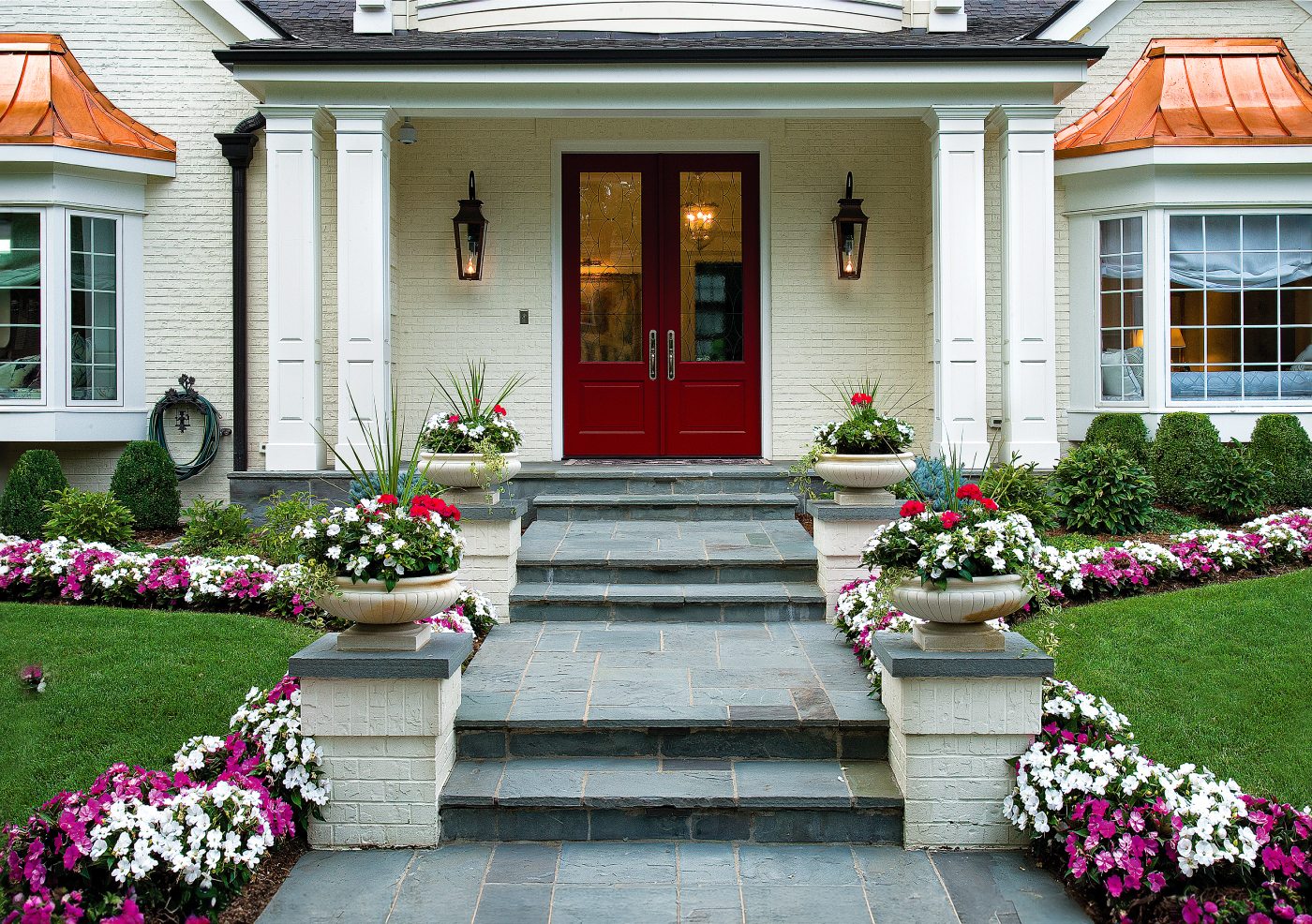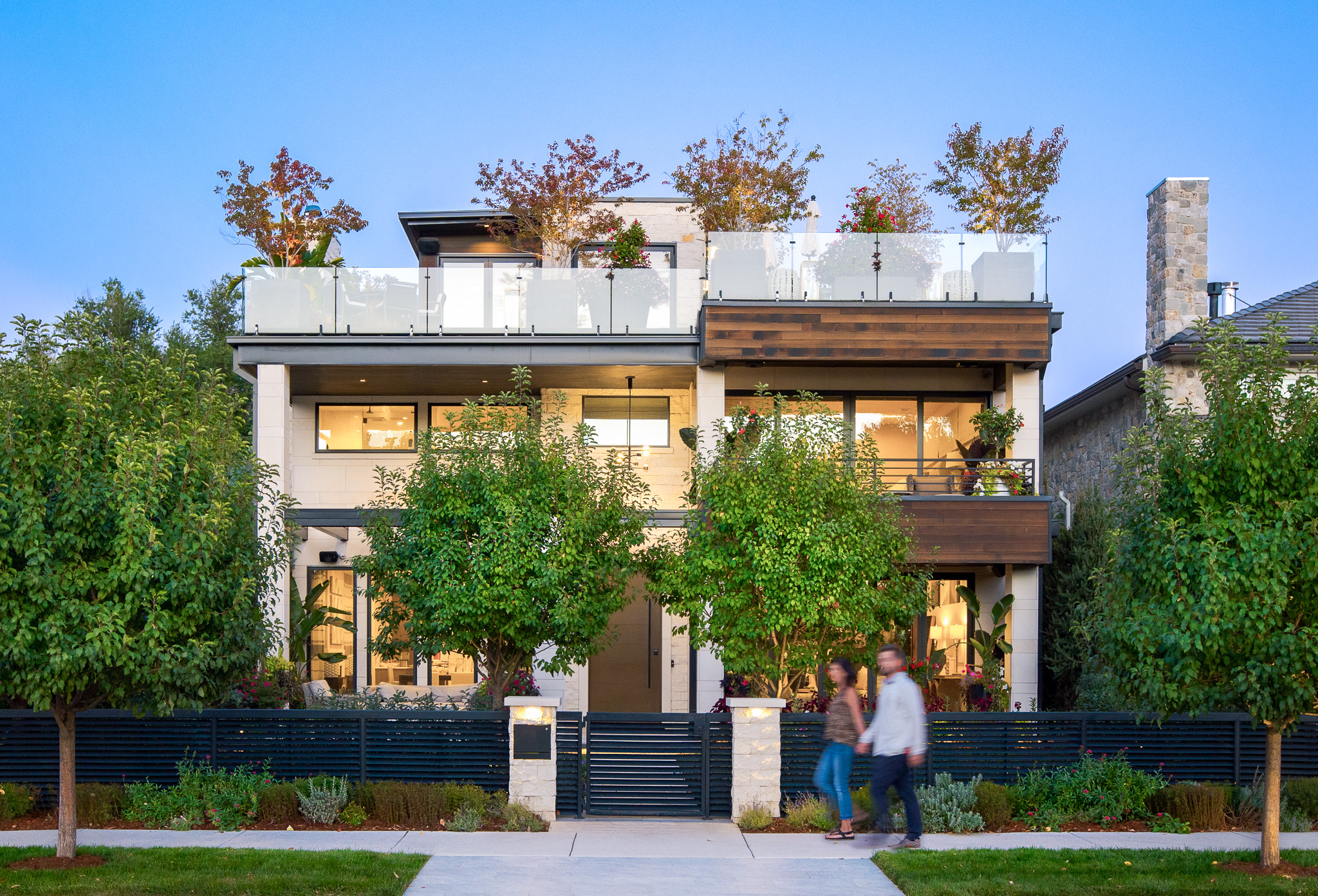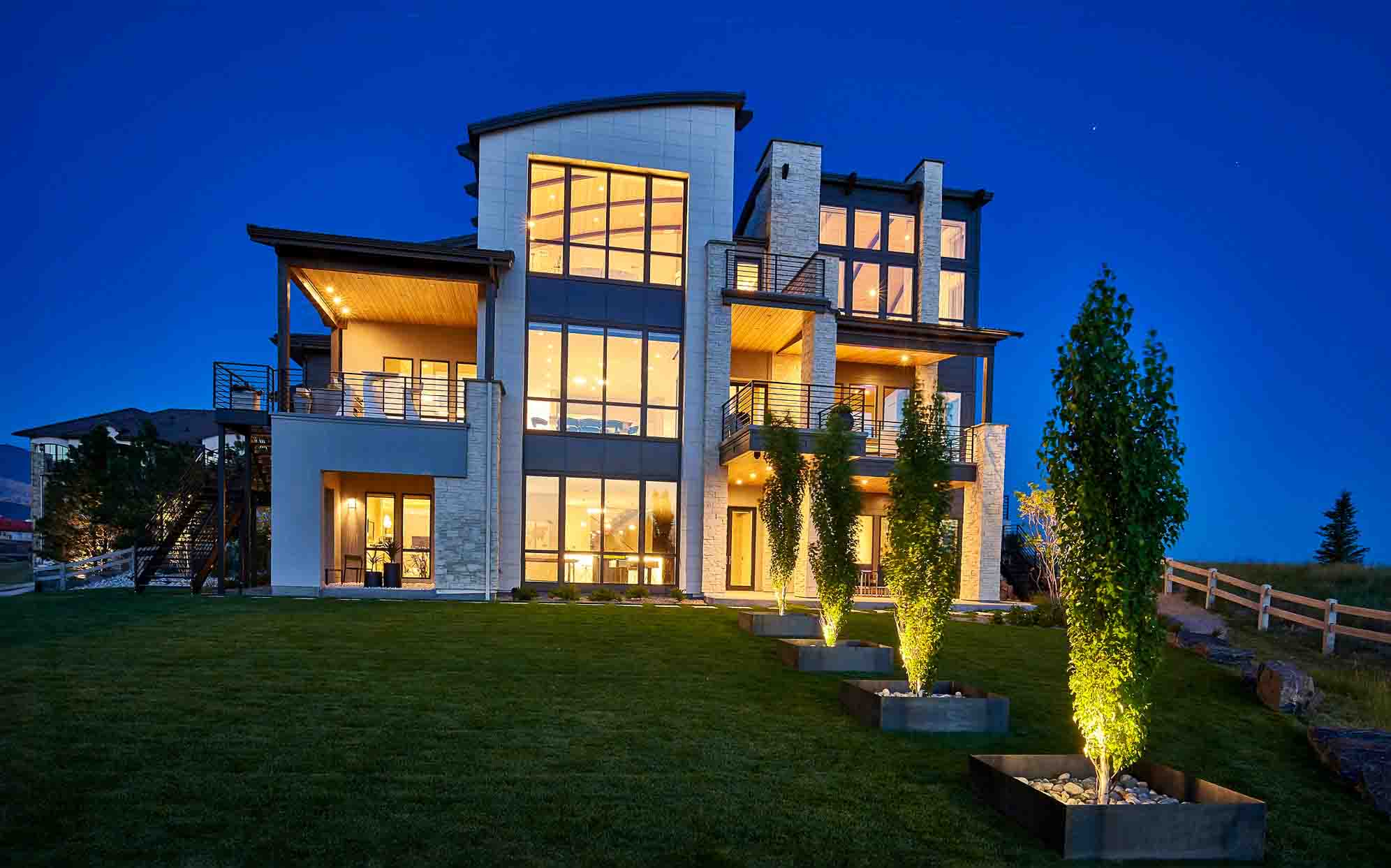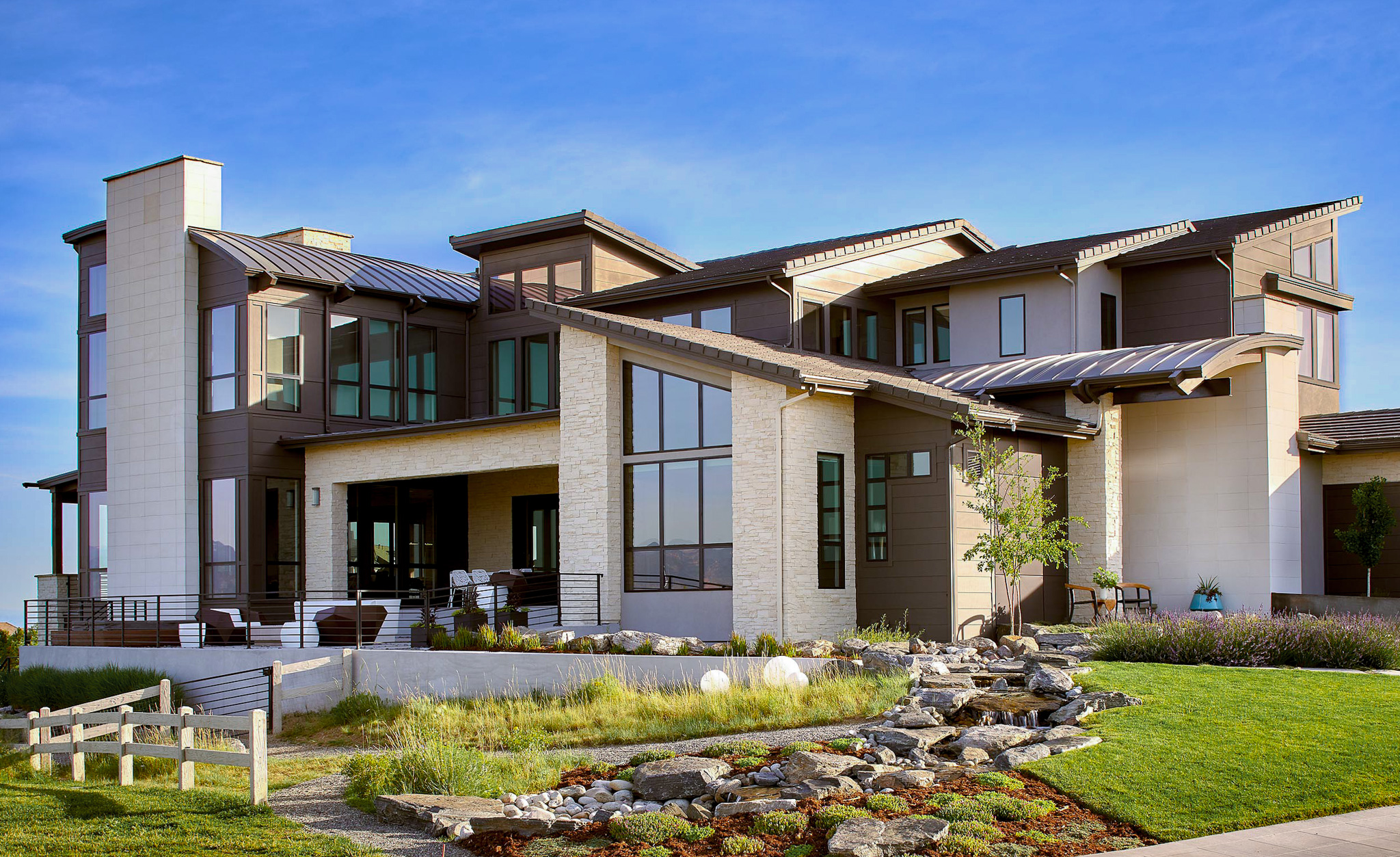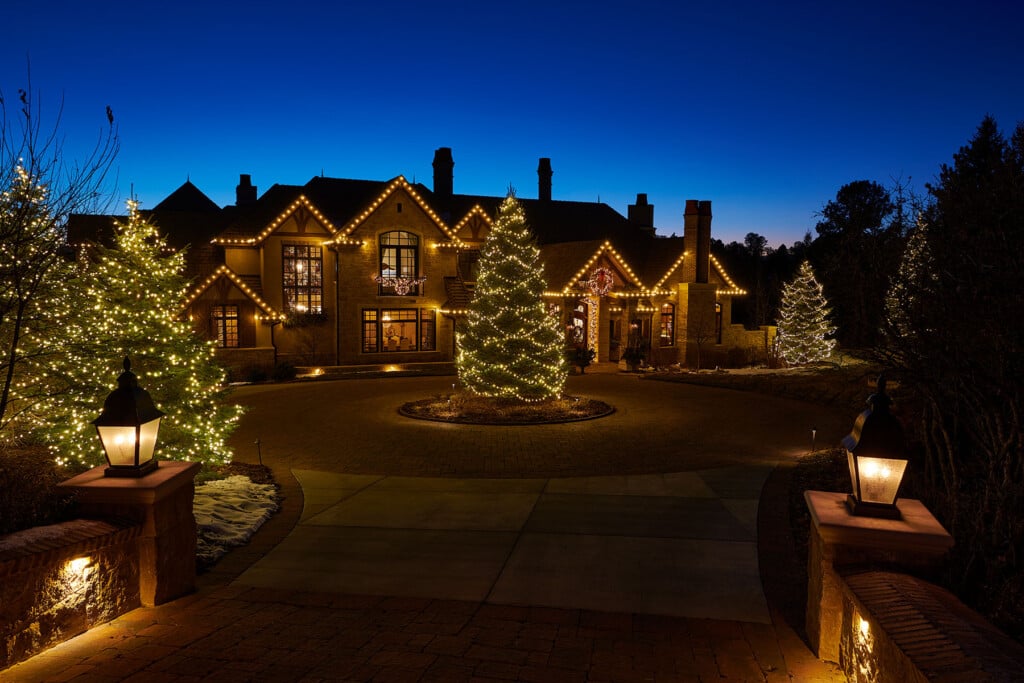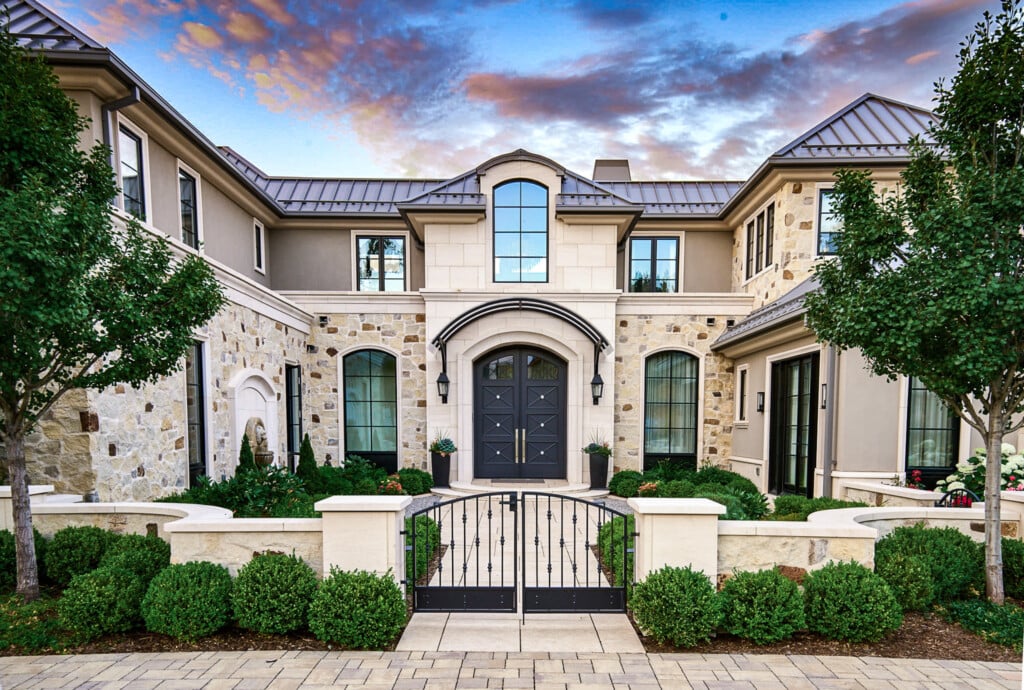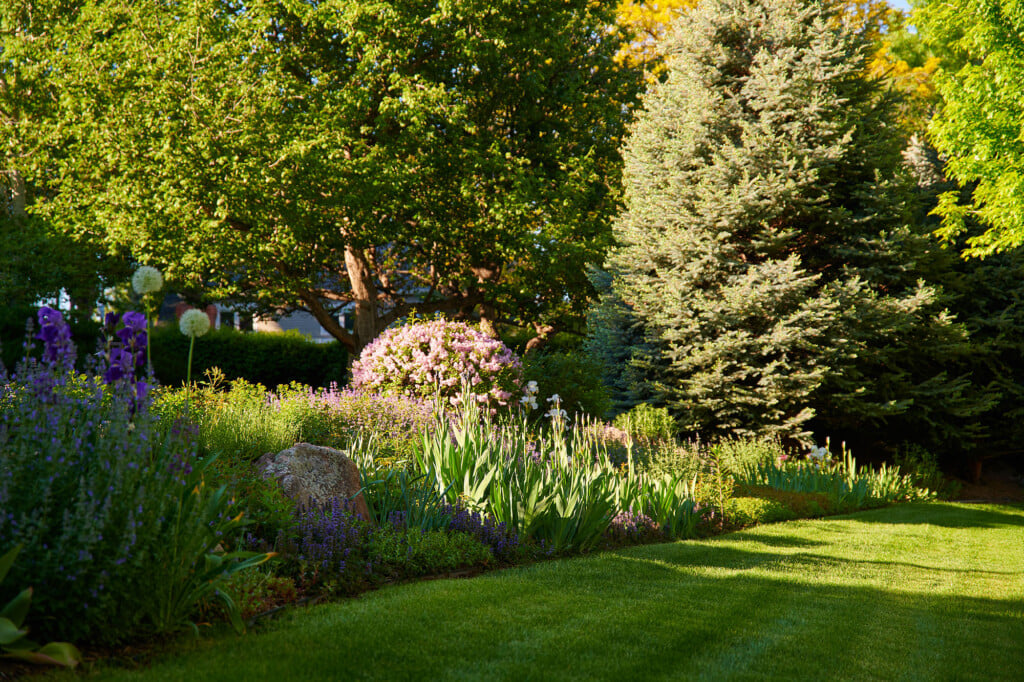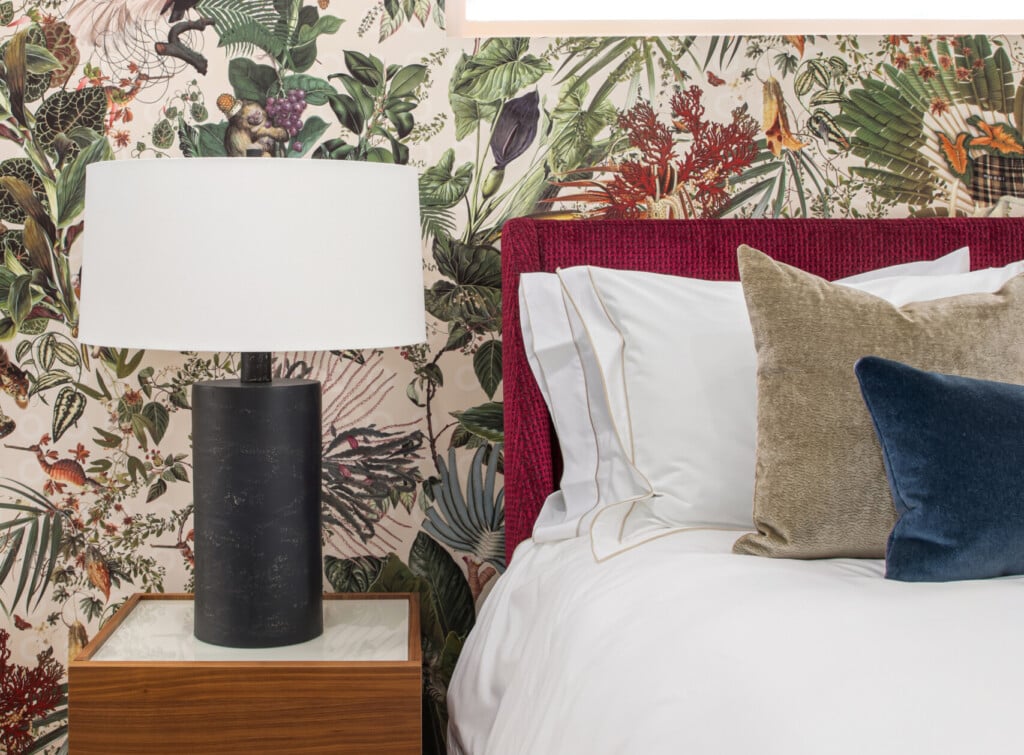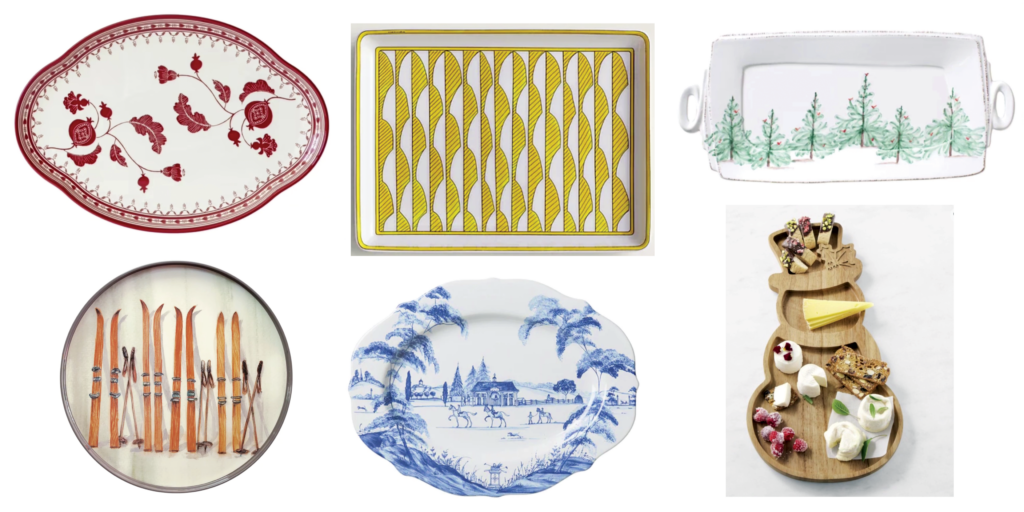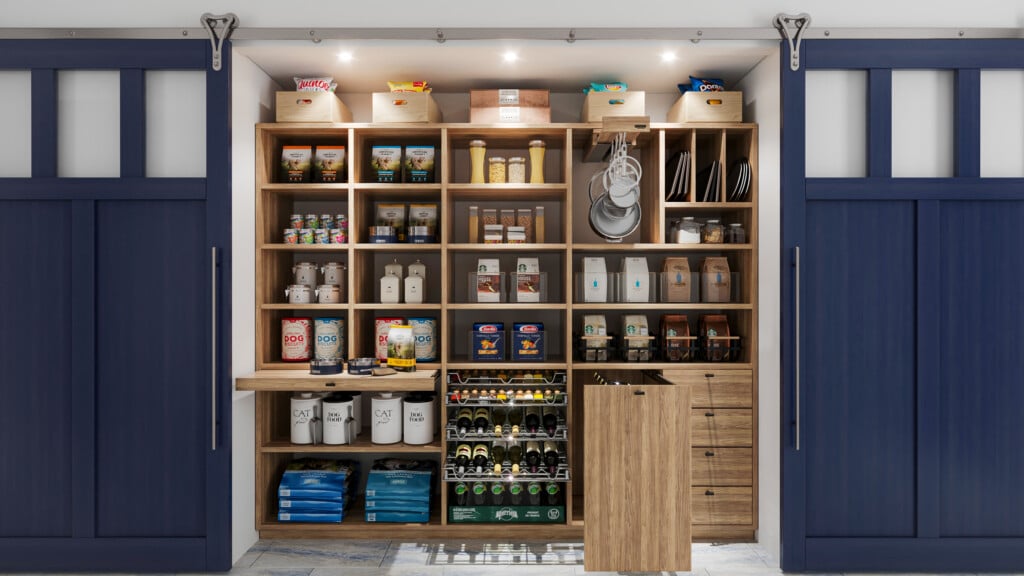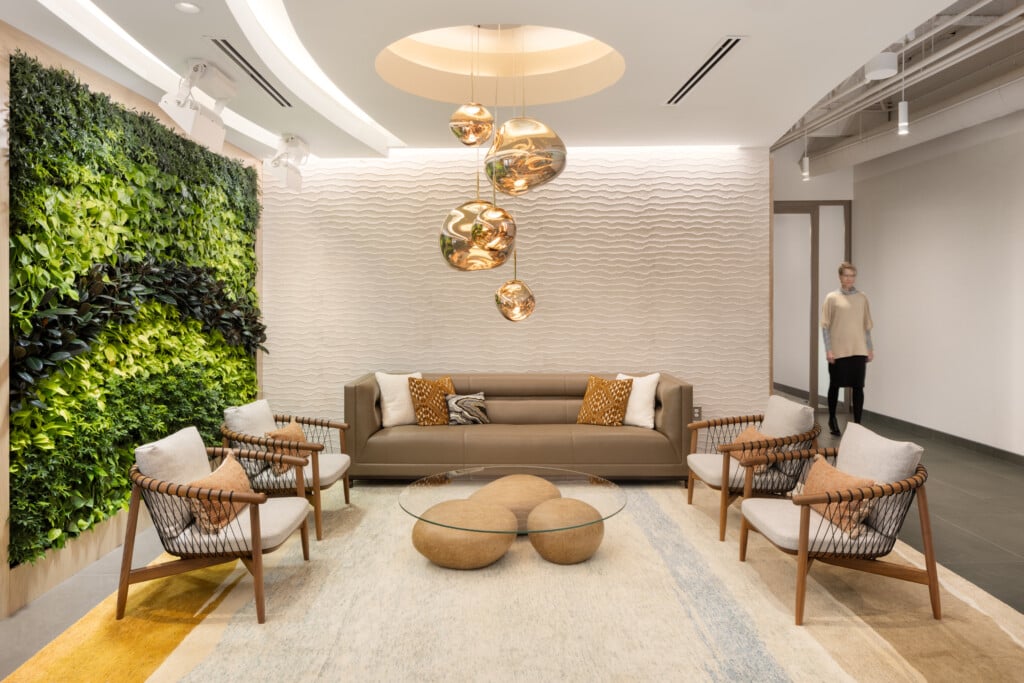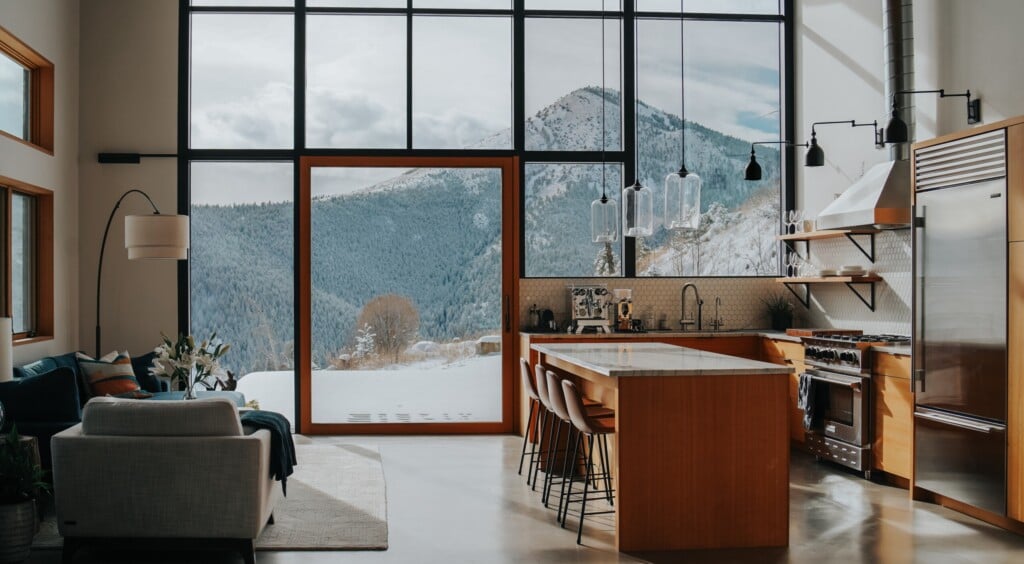Elevating Curb Appeal: How Landscaping Can Complement a Home’s Architectural Style
A guide to landscape designs for a harmonious look
A well-thought-out landscape design not only complements a home’s architectural style but also enhances its visual appeal and functional utility. Here, we offer a guide to integrating landscape design seamlessly with your home’s architectural style, ensuring visual harmony and a welcoming ambiance.
Modern and Contemporary Homes
For homes marked by clean lines and minimalist aesthetics, the landscape should mirror this simplicity. Key features include utilizing sleek hardscaping materials like smooth stone or concrete and structured plantings characterized by sharp geometric shapes. Opt for low-maintenance yet stylish elements such as grasses and succulents, which reflect the home’s modern aesthetic.
Traditional and Colonial Homes
These structures are noted for their symmetrical build and classical dimensions. Complement these aspects with symmetrically designed landscapes—imagine formal gardens, meticulously shaped hedges, and pathways that draw the eye straight to the main entrance. Incorporate traditional flora such as boxwoods or hydrangeas to achieve a timeless appearance that enhances the home’s historical design.
Cottage Style Homes
Cottage-style homes, often described as quaint and cozy, usually feature eclectic garden elements. Opt for informal landscaping with mixed beds of perennials, flowering shrubs, and climbers like roses or clematis to add bursts of color and allure. Natural stone pathways and mossy details can amplify the rustic appeal.
Victorian Homes
Victorian architecture, known for its ornate and lavish details, calls for gardens of equal grandeur. Employ a palette of varied colors and textures, alongside decorative garden elements such as statues or ornamental water features. Maintained lawns paired with vibrant seasonal flower beds can highlight the intricate architectural nuances.
Tips for achieving harmonious landscaping to complement your home:
Symmetry and Order: Particularly effective in traditional settings, symmetry fosters balance and visual unity. Achieve this through aligned planters, mirror-image pathway designs, and strategic shrub placement.
Color and Contrast: Utilize vibrant flowers and distinct foliage to accentuate key architectural details, drawing attention to elegant doorways or ornamental trims.
Material Quality: Select high-quality materials that reflect the home’s exterior aesthetics, from polished stone to weathered bricks, enhancing the sense of luxury and attention to detail.
Lighting: Carefully positioned outdoor lighting can secure pathways and highlight architectural elements, casting an inviting glow that enhances evening curb appeal.
Sustainability and Maintenance: Opt for native plant species suited to the local climate to minimize upkeep and support regional biodiversity. Consider eco-friendly solutions like permeable paving and organic gardening to foster environmental stewardship.
In crafting your landscape design, the goal is to reflect the architectural essence and personal style of the homeowner. Whether it’s a lush, vibrant garden setting for a Tudor home or a minimalist design for a modern abode, effective landscaping not only boosts curb appeal but also sets your property apart. Aim for a blend of form, function, and style that appears effortlessly beautiful while being ecologically conscious.
Lewis Dante is the Creative Manager with Lifescape Colorado. For more than 48 years, Lifescape Colorado has been Colorado’s trusted source for landscape architecture, construction and property care. View their profile or contact Lifescape Colorado at 303-831-8310 or info@lifescapecolorado.com.


